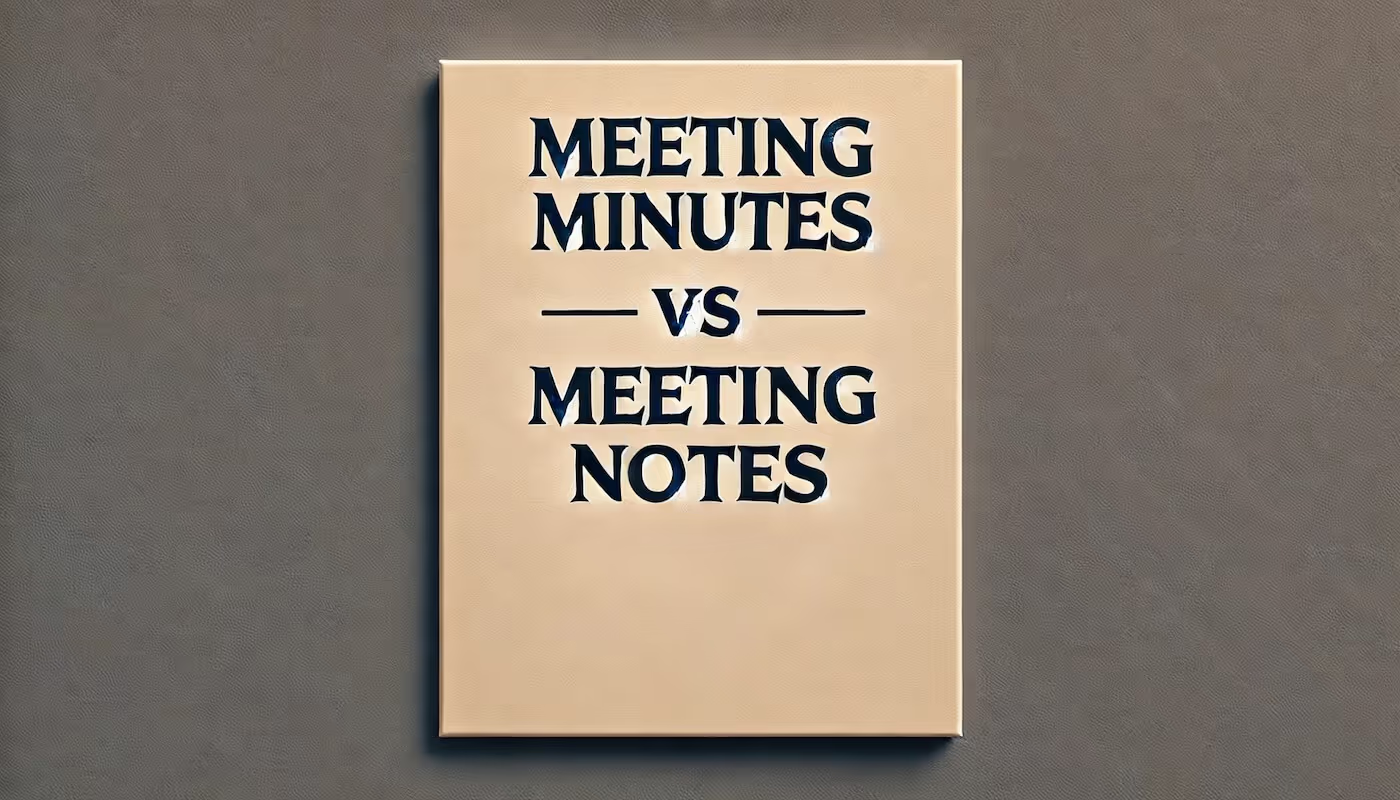
How to Ask for Feedback That Boosts Performance
There is a common misconception that feedback is given naturally, and not asked for. Stats show the majority of employees would like that to change, and within this article, we will learn how to approach this aspect of workplace communication and receive game-changing insight.
96% of employees in a recent report believe that getting regular feedback is good and highly beneficial to their work performance and progression. However, the same report found out that only 64% of employees said their workplace had a feedback system set-up to achieve this exact outcome. With the data pointing so heavily towards regular feedback being vital, why are so many workplaces lagging behind? One huge part of this is a breakdown in communication or poor feedback communication channels. Today, we will break down one of these channels and guide you into becoming an expert in asking for feedback in your workplace, regardless of whether you are a newly onboarded employee, a seasoned professional, or the CEO.
How Do You Politely Ask for Feedback?
Being polite with our colleagues is something that we should all strive toward. Sometimes it can be hard, especially when two individuals don’t see eye to eye, but if you want to get the best feedback and advice, then this is the best place to start. Politeness in getting feedback hinges on being respectful and building working relationships that allow you to clearly communicate and get the time of day to express your genuine desire for self-improvement. Whether it is your boss or your coworker, treat them how you would want to be treated and make sure to approach from an angle that shows appreciation for the feedback giver's time and know-how.
With this in mind, consider the phrasing of your request heavily. Feedback examples will point you towards phrasing the feedback request as an opportunity for personal growth and development, so that you show a genuine hunger for improvement, and this is generally best practice for receiving a more favorable response. An example of our own could be: "Your expertise and perspective is something that I can see benefitting my work massively, would you mind spending a few minutes giving feedback on this presentation?"
So, that is the phrasing and tone sorted, but how should this request be requested? This is an equally important aspect of asking for feedback, perhaps even outweighing the content of the request itself due to our initial focus on poor communication channels and the impact they have on the feedback process. As such, let's consider some options:
In-Person Communication: Great for getting your point across and displaying your desire and gratitude with body language, which also demonstrates confidence. However, it's important to consider timing and the workload of the other individual. An in-person request can catch your colleague in a busy, stressful moment where they might not end up paying your request the full attention it deserves, or they might even forget about it entirely.
Email: Effectively the opposite. While in-person communication dances to the rhythm of spontaneity and gives that air of confidence that we covered, asking for feedback over email keeps things distanced and with more deliberation. We can't deny that it allows some careful message curation and delivery at a convenient time, but you lose so much in terms of personal warmth and off-the-cuff feedback that it leaves something lacking.
Bubbles: A middle ground. Also a form of asynchronous communication like email, but what you get when requesting feedback through recording a bubble is the ability to show and tell, getting your point across with confidence and clarity by either sharing both screen and video, or just sharing video. You are able to record and review your request on your own time and without charge, before sending it to teammates or colleagues with a specified or flexible response time request. You keep the best bits of both in-person and email here as your approach can show confidence, drive, and also a respect for people's schedules.
Make your
meetings matter
Loved and trusted by 100,000+ users:
- Automatically Record and Transcribe Meetings
- Extremely Accurate Notes, Summaries, and Action Items powered by AI
- Works with Zoom, Google Meet, and Microsoft Teams
- Save time and follow-up with quick async videos
Simply connect your work Google or Microsoft Calendar to get started.
What Should be Asked for in a Feedback Request?
Your feedback request should come from an angle of neutrality, and should look to pinpoint specific areas of your job, before then asking for the specifics on areas of improvement or performance within them. It is not good to shape your feedback request in a way that attempts to manipulate the feedback giver into giving positive feedback, because although 37% of employees in a GreatPlaceToWork study felt they would be inspired to work better if they felt recognition and compliments, these should only come naturally and from a true source of great work.
Instead, frame your questions so that they leave little option but to get detailed and constructive responses in return. Constructive can be just as good as complimentary, and way better when compliments lack substance. In fact, Zenger and Folkman found in their survey that 92% of respondents felt motivated by constructive feedback (negative feedback delivered appropriately), to such an extent that it improved performance significantly. Ask questions such as "what could I have done better here?" or "in what way can I change my approach to team management so that we see better team collaboration?"
How Should Feedback be Delivered?
Naturally then, feedback delivery should follow on from what we just discussed. It should be appropriate and must strike a balance between being honest and being tactful. Be specific with the feedback you give, as this will only increase the chance that it boosts the recipients' performance, and make sure you focus on behavior rather than personality.
It can be easy to forget why we go on a feedback journey and build working relationships around advice and help, and doing so can lead to overly-harsh feedback. Remember, you want to provide insights that enable the recipient to come away from it understanding both their strengths and their areas for improvement. It is rare that everyone, or even anyone benefits from the hairdryer approach, so make sure to be careful and thoughtful. An example would be to say "I've noticed some delay in the project timeline recently leading to a stalled release. Can we look at how you can manage project timelines better?", rather than saying "you are bad at project management".
Again, this is the content of the feedback you will give, but we should look at how to deliver the feedback itself. As the standout option of the three previously discussed, we should again consider Bubbles here. The beauty of using Bubbles to create your feedback system is that by both requesting and giving feedback in the same bubble, you can create a feedback loop, where the conversation can be continued. For example, the initial bubble can be recorded, requesting feedback and asking some open-ended questions. From there, the recipient of the request can either type a response in the ‘comment’ area, or record their own bubble in response, keeping things personal and more face-to-face. All of the continuous communication and feedback will be within the bubble, making it super easy to continually refer back to previous iterations and work, making sure we alter effectively and boost performance.
What is the Importance of Getting Feedback?
Feedback is huge when it comes to shedding light on performance and areas for development. Good feedback should encapsulate the good, the bad, and the ugly, as this is the only way we will truly improve. Don't be afraid to offer help and try to develop people's skills and career, as this is actually the sign of a great company; 94% of employees claimed they would stay at a company for longer if the company invested (financially and not) in their career development.
Overall, regular feedback is something that has stood the test of time in terms of a method that can continuously improve employee engagement, performance, and also lead to a massive reduction in employee turnover. No company wants to be viewed as a revolving door, so for the sake of all involved, start asking for and giving more feedback!
How to Ask for Feedback After an Interview
Post-interview feedback can show that you are appropriately keen, but also offer crucial insights for future opportunities if this one is not to be. Something as simple as an email thanking the interviewer and expressing a genuine interest in understanding areas for improvement can be a great start, and can kick-start this heavily mentioned constructive approach. As an example, you could write something along the lines of: "Thank you for the opportunity to have an interview. I am always eager to learn from experiences like these, so would you have any initial feedback that would help my overall career development?"
How to Ask for Feedback After Job Rejection
Job rejection is always tricky, and failure or rejection is generally something we must all learn to overcome and improve from. One of my favorite quotes that is heavily applicable here is from Henry Ford, and reads:
"Failure is simply the opportunity to begin again, this time more intelligently".
After a job rejection, send an email or a bubble expressing gratitude for the process and opportunity and asking for any areas that you can improve upon for the next chance. This shows professionalism and a desire to grow as a professional and person. Also, by using Bubbles for this, you leave that door open for the future - who knows where continued communication and interest may eventually get you with those people and that company!
How to Ask for Feedback from Your Manager
Asking for feedback from a manager might be nerve wracking initially, but remember that they too were once in your position. Don't shy away from accepting areas of weakness, as it is likely that this itself will be seen as a strength by management. If you have regular performance reviews or discussions, try to leave some time aside for asking questions. By asking open-ended questions such as "How can I contribute more to our current project", your manager will be impressed by your desire to get involved and help out, so although scary at first, asking for feedback from your manager should be at the top of your priority list.
Feedback as a Tool for Employee and Manager Development
As I alluded to, feedback is for everyone. Feedback is not only beneficial for employees and the fresher faces on the block, but also for managers and higher. Encouraging feedback from team members towards managers, and just generally from anyone to anyone, can create a great organizational culture of improvement. Specifically from employee to manager, you can expect to see better leadership skills and enhanced team management and dynamics by regularly getting this feedback done. This two-way feedback process also reinforces a culture of mutual respect in the company, which should always be prioritized to achieve growth and have high levels of morale company-wide.
Conclusion
Asking for feedback is a vital skill in any profession, but especially in today’s diverse workplaces where remote and flexible work arrangements are more common than ever. Nevertheless, feedback is useless unless it is effectively acted on, and so we should make sure to ask for and give feedback in a structured, constructive manner. Structured feedback can be achieved in many ways, but to streamline this process, consider using tools like Bubbles, which not only facilitate clear, asynchronous communication but also provide a way to document and reference feedback discussions. This ensures that valuable insights are never lost and can be revisited as needed on your path to enhanced performance.
Collaborate better with your team
Get your point across using screen, video, and audio messages. Bubbles is free, and offers unlimited recordings with a click of a button.
.avif)
Collaborate better with your team
Get your point across using screen, video, and audio messages. Bubbles is free, and offers unlimited recordings with a click of a button.
.avif)













.avif)